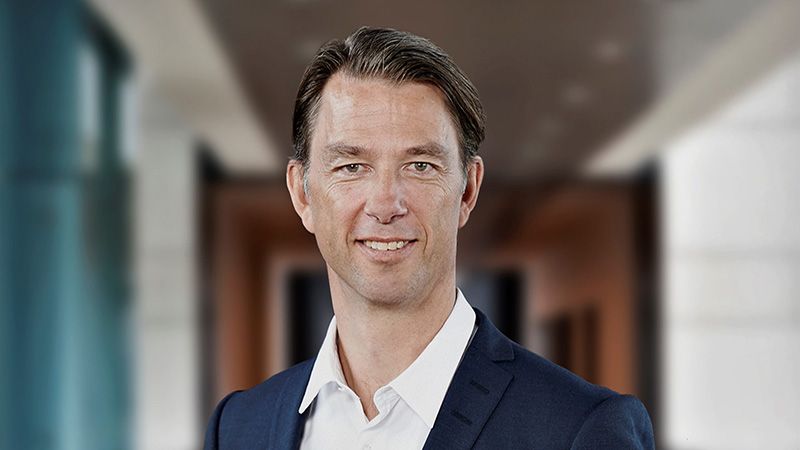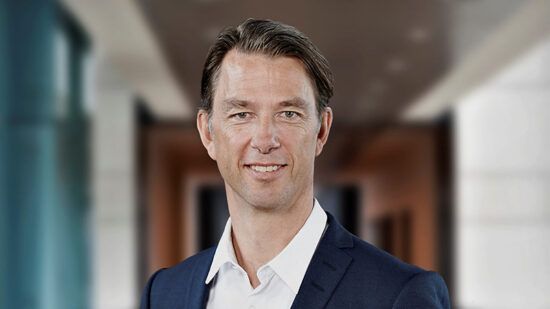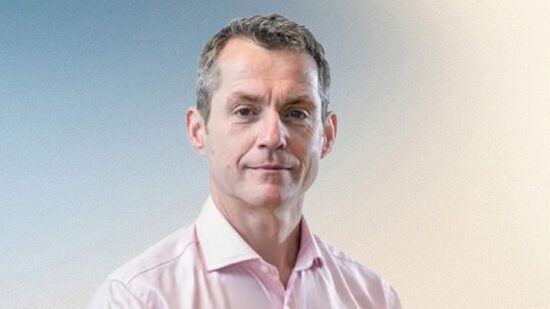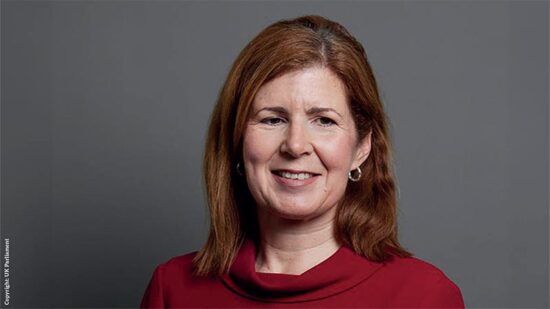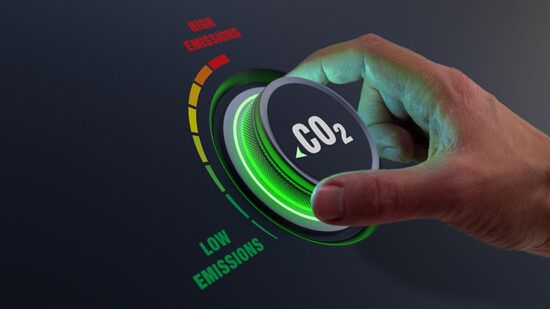The fashion industry has long been in the crosshairs of sustainability-conscious consumers – and increasingly, investors – for contributing to global waste, carbon emissions and poor labour practices.
Much of the scrutiny centres on fast fashion – the high-turnover, low-cost model that continues to dominate sales on the high street and online platforms. This segment, which thrives on cheap production, rapid consumption and disposability, is widely regarded as unsustainable. Its rise has cast a long shadow over the broader fashion sector, colouring perceptions of the entire value chain.
Also read: Bridging profit and purpose: Why sustainability is now essential for fashion’s financial health
However, while criticism of fast fashion’s sustainability credentials may often be warranted, painting the entire industry with the same brush risks overlooking the considerable positive efforts made by some fashion firms. From materials innovation to circular business models and supply chain transparency, many brands, manufacturers, and retailers are actively investing in more sustainable practices. These efforts go beyond reputational risk management and reflect shifting consumer expectations, tightening regulations and long-term financial logic.
A good example of a company taking measurable steps forward is the German-headquartered global fashion giant Hugo Boss, holding in our European Sustainable Stars Equity strategy. We recently met with Hugo Boss management twice as part of our regular corporate engagement programme to continue dialogue on key sustainability issues – social supply chain management, decarbonisation and circular materials.
Supply chain strides
Hugo Boss has made substantial strides in social supply chain management over the past year, mapping its global supply chain covering 200 vendors. It identified high-risk areas – including Bangladesh, Pakistan, and Sri Lanka – and has joined initiatives such as the Bangladesh and Pakistan Accords, which promote workplace health and safety through independent safety inspections among other actions.
The group has become a member of the Fair Labor Association (FLA), a non-profit with a mission to promote adherence to international labour laws. Additionally, it adheres to the Social & Labor Convergence Program (SLCP), an initiative designed to improve auditing labour standards in apparel and footwear facilities. As part of our engagement, we have encouraged Hugo Boss to further enhance its social audit due diligence reporting, specifically on salient human rights issues in high-risk countries.
Spotlight on emissions improvement
In terms of decarbonisation, Hugo Boss has prioritised improving data quality and accuracy this year as part of the implementation of the EU’s Corporate Sustainability Reporting Directive (CSRD) – particularly on Scope 3 supply chain data. The company is working towards accessing primary data through Cascale, the non-profit alliance in apparel and consumer goods. Hugo Boss’ suppliers are also adopting this, making it one of the largest initiatives of its type in the industry.
Hugo Boss aims to reduce Scope 1 and 2 emissions by 50% by 2030 versus a 2019 baseline. Positive Scope 1 and 2 progress has been made, with an 18% reduction already. The group also seeks a 50% cut in Scope 3 emissions over the same timeframe. However, due to expanded production and a methodological change, Scope 3 has increased by 23%. Despite this, we are encouraged by Hugo Boss’ investment in higher-quality Scope 3 data, which will provide the company with improved opportunities to cut these emissions. We will continue to track progress against these targets.
Ambitious goals for circularity
As a global fashion company, Hugo Boss understands it is responsible for protecting natural resources and contributing to the transition toward a circular economy. The group aims for 80% of its apparel products to be circular by 2030 and increased this from 17% in 2024 to 33% last year. Hugo Boss also reduced its packaging weight per item by 15% in 2024, while it aims to achieve a 30% reduction in single-use plastic packaging per item by 2030.
As it looks to reinforce its commitment to circular designed products, the group has also implemented training programs across all stages of the process, including R&D and eco-design, to promote responsible product development and efficient use of materials.
Overall, we acknowledge Hugo Boss’ efforts and progress on sustainability issues, as the company is becoming more data-driven and targeted. We are also encouraged by its collaboration with peer brands to address systemic sustainability risks in the fashion industry. However, we remain vigilant about its increasing emissions and will monitor progress.


